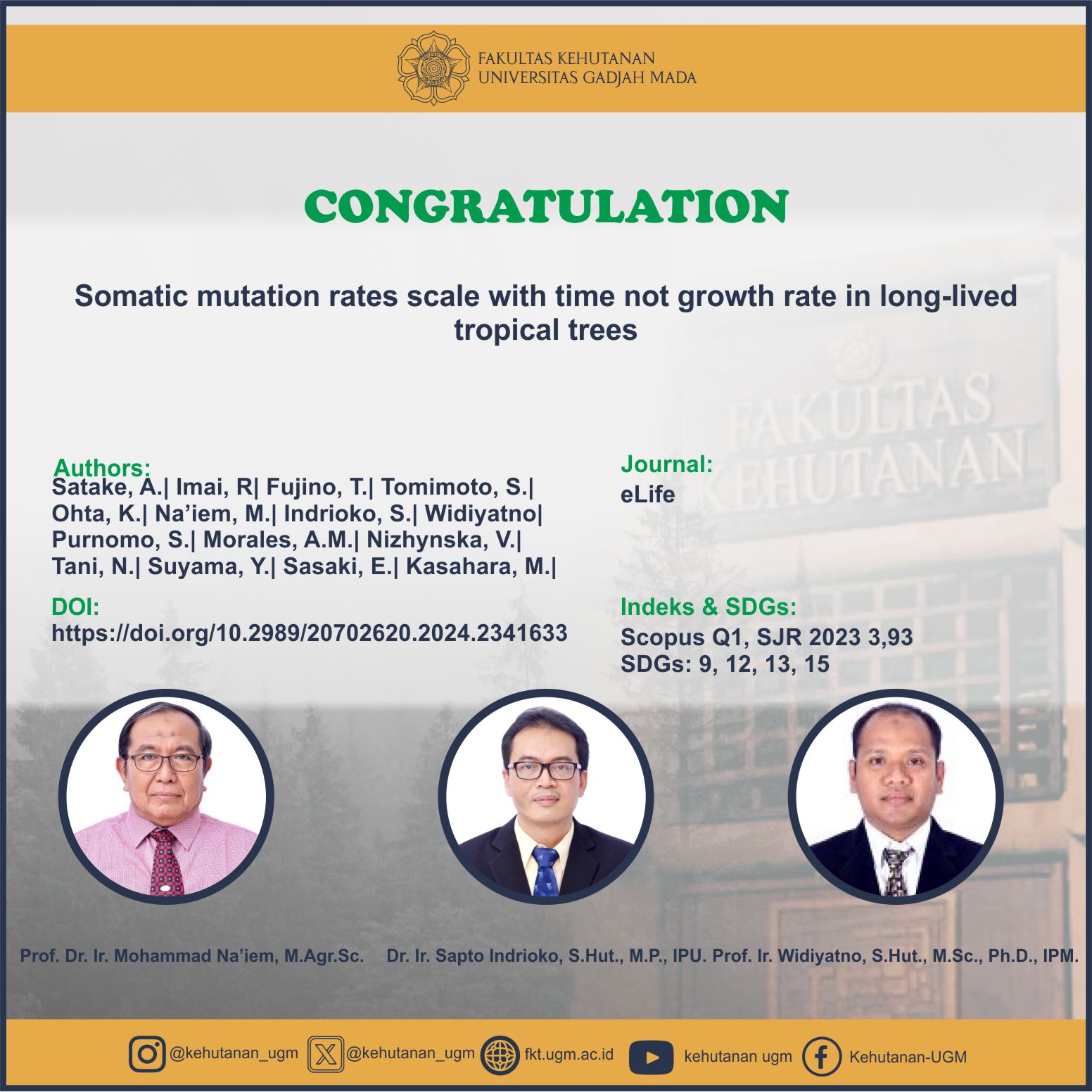
Abstract
The rates of appearance of new mutations play a central role in evolution. However, mutational processes in natural environments and their relationship with growth rates are largely unknown, particular in tropical ecosystems with high biodiversity. Here, we examined the somatic mutation landscapes of two tropical trees, Shorea laevis (slow-growing) and S. leprosula (fast-growing), in central Borneo, Indonesia. Using newly constructed genomes, we identified a greater number of somatic mutations in tropical trees than in temperate trees. In both species, we observed a linear increase in the number of somatic mutations with physical distance between branches. However, we found that the rate of somatic mutation accumulation per meter of growth was 3.7-fold higher in S. laevis than in S. leprosula. This difference in the somatic mutation rate was scaled with the slower growth rate of S. laevis compared to S. leprosula, resulting in a constant somatic mutation rate per year between the two species. We also found that somatic mutations are neutral within an individual, but those mutations transmitted to the next generation are subject to purifying selection. These findings suggest that somatic mutations accumulate with absolute time and older trees have a greater contribution towards generating genetic variation.
SDGs:
SDG 9:Industry, Innovation and Infrastructure
SDG 12:Responsible Consumption and Production
SDG 13:Climate Action
SDG 15:Life on Land
Link Dokumen:
Download
